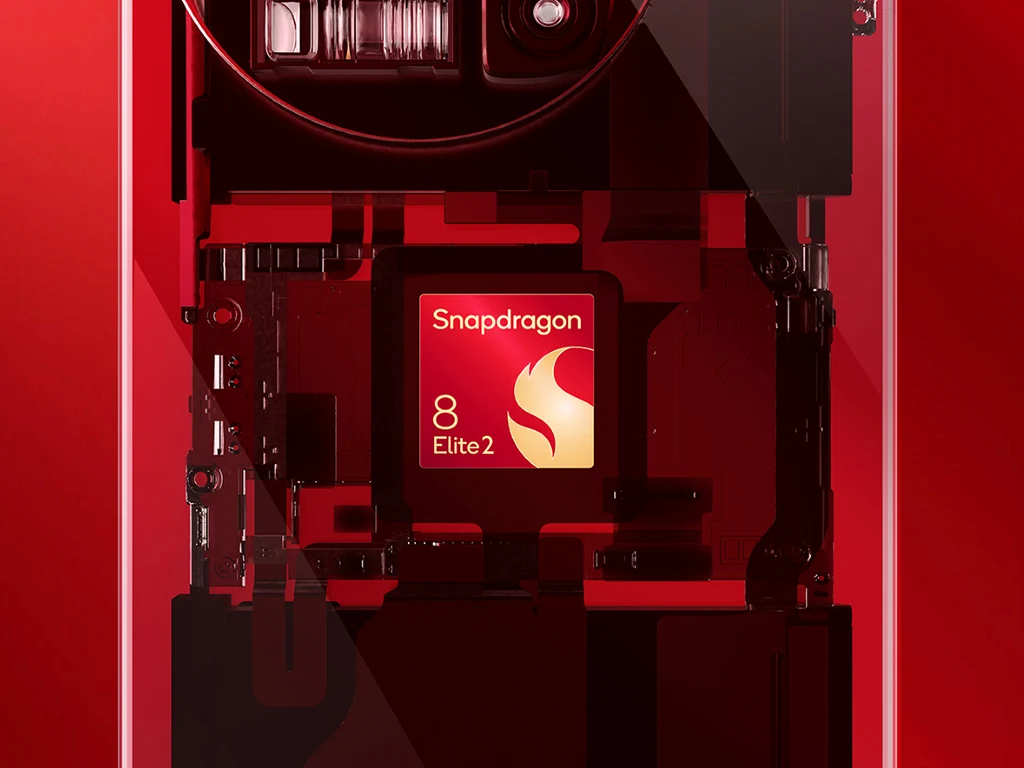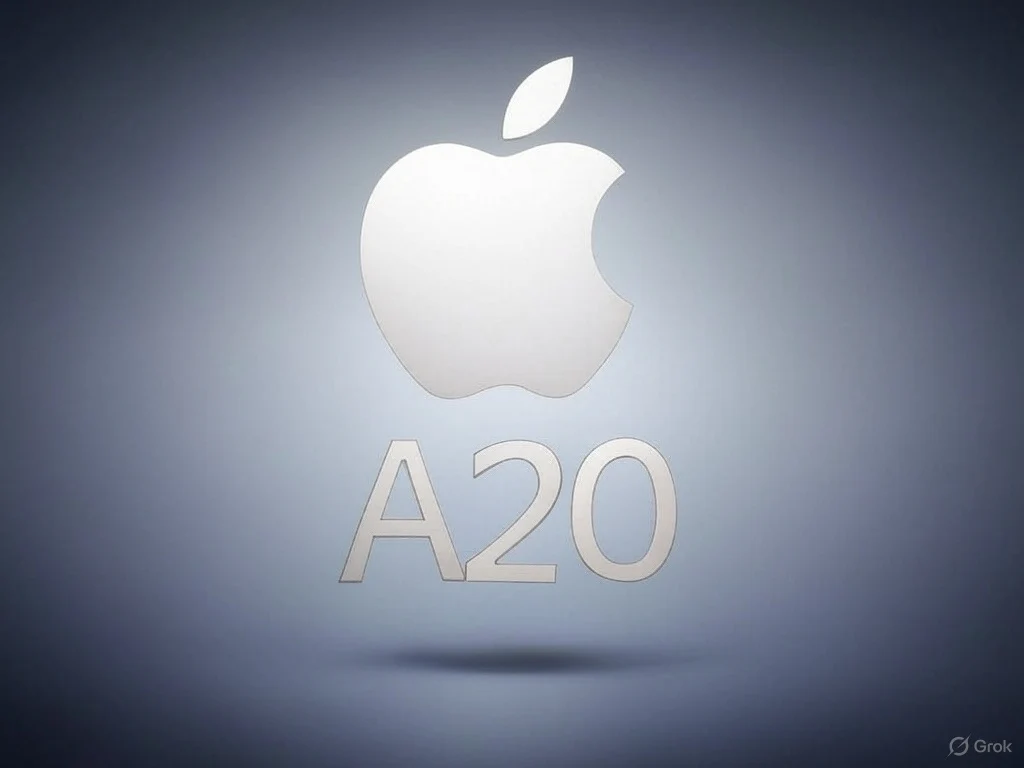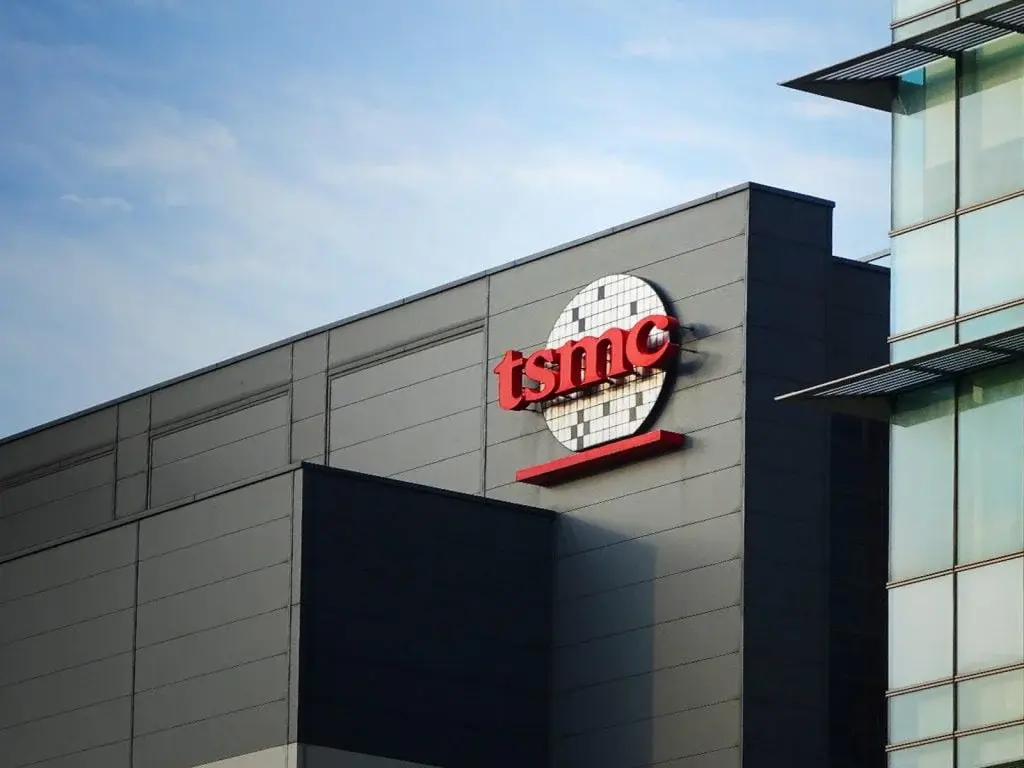Key Takeaways
1. TSMC will start taking orders for its 2nm technology on April 1, with Qualcomm expected to join Apple in using this process.
2. Qualcomm plans to use the 2nm process for the Snapdragon 8 Elite Gen 3 chip (SM8950) and another unnamed chip (SM8945).
3. Flagship smartphones from manufacturers like Samsung and OnePlus currently use Snapdragon 8 Elite SoCs, with the next generation expected to feature the Snapdragon 8 Elite Gen 2.
4. Apple will continue using 3nm technology for its A19 chips in the iPhone 17 series but will switch to 2nm for the A20 SoCs in the following year’s model.
5. The SM8945 chips are likely to be the Snapdragon 8s Gen 6, targeting budget devices with reduced CPU and GPU capabilities while still utilizing 2nm technology.
TSMC is expected to begin taking orders for its next-gen 2nm technology starting April 1. If recent rumors hold true, Qualcomm will be joining Apple in this endeavor. This indicates that Qualcomm plans to utilize the 2nm process for its forthcoming Snapdragon 8 Elite Gen 3 chip, as well as another unnamed chip. Initially, it was thought that Apple would continue with the 3nm technology for its A20 SoC, but recent leaks suggest a shift to the 2nm process.
Qualcomm’s Upcoming Chips
The well-known leaker, Digital Chat Station, shared insights on Weibo regarding TSMC’s 2nm process, indicating that Qualcomm will also be adopting this technology alongside Apple, albeit for two distinct chips. The chips in question are the SM8950 and SM8945, with the former likely being the Snapdragon 8 Elite Gen 3 and the latter representing the slightly less powerful Snapdragon 8s series. Interestingly, the leaker highlighted that these System on Chips (SoCs) are expected to debut next year.
Flagship Smartphones and Future Releases
Currently, flagship smartphones from Samsung, OnePlus, and other manufacturers are equipped with Snapdragon 8 Elite SoCs. The next iteration, which includes the Galaxy S26 series, is anticipated to feature the Snapdragon 8 Elite Gen 2. With these devices set for release next year, the announcement of a new, advanced SoC arriving the same year is quite unexpected. Meanwhile, Apple is reportedly sticking with the 3nm process for the A19 chips that will power its iPhone 17 series, launching later this year. However, the following year’s model is slated to incorporate the A20 SoCs, which will utilize the 2nm technology.
Snapdragon 8s Gen 6 Details
Regarding the SM8945 chips, they are anticipated to be the Snapdragon 8s Gen 6. Although they are also expected to be built on the 2nm technology, it’s likely they will feature reduced CPU and GPU capabilities, targeting more budget-friendly devices.
Source:
Link





